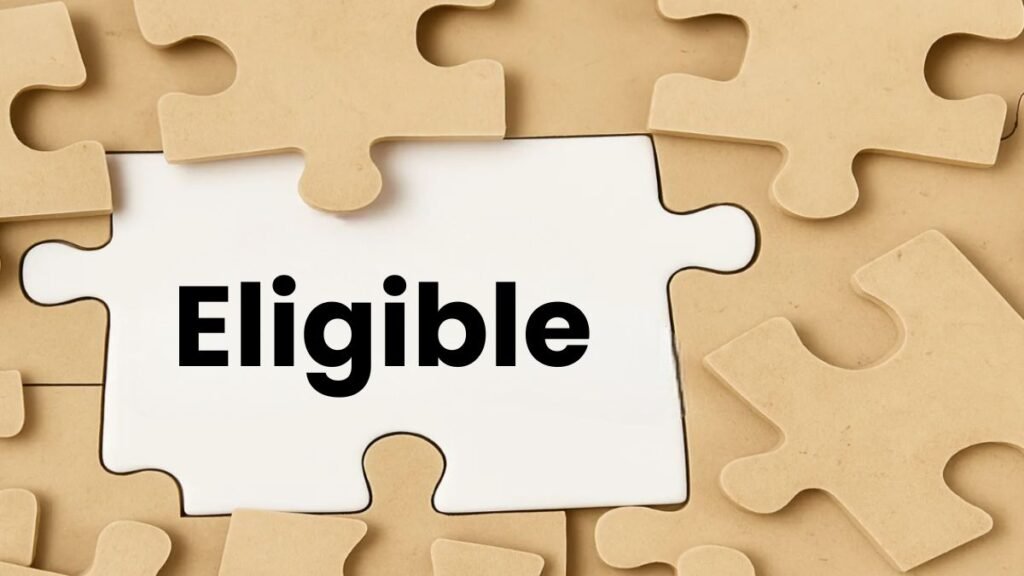In today’s time when inflation and daily needs are constantly increasing, the financial assistance provided by the government becomes a sigh of relief for millions of people. The recently announced $5,500 stimulus has brought a new ray of hope among SSI (Supplemental Security Income), SSDI (Social Security Disability Insurance) and low-income beneficiaries. This stimulus will not only provide financial support but will also provide relief to families who are struggling to meet expenses month after month.
In this article, we will understand in detail what this $5,500 stimulus is, who is eligible for it, what can be the possible dates of payment, and how big a difference this amount can make in people’s lives.
Purpose of $5,500 Stimulus
The main purpose of this stimulus is to provide assistance to those citizens who are struggling the most with their financial situation. Rising inflation, medical expenses, rent, medicines and food prices have made things even harder for people dependent on SSI and SSDI.
The US government believes that this one-time amount of $5,500 will provide immediate relief to low-income people, disabled citizens and senior citizens, so that they can easily meet their basic needs.
Why is it important for SSI, SSDI and low-income beneficiaries?
- SSI recipients: People dependent on SSI are usually elderly, disabled and people with limited resources. Their income is very low, so an additional $5,500 can prove to be a lifesaver for them.
- SSDI beneficiaries: Disabled people have to spend heavily on medical bills, assistive devices and daily care. This stimulus will help cover those expenses.
- Low-income families: In case the monthly income of the individuals or families with very low income, that amount will be spent on essential needs such as child education, rents, electricity bills, water charges and eateries.
Who will be eligible?

The government has set some important eligibility conditions. In general, the following people will be considered eligible for this $5,500 stimulus:
- SSI beneficiaries: those who have very limited income and assets.
- Individuals receiving SSDI: those who are already taking Social Security Disability Insurance.
- Low-income families and individuals: those whose annual income is below a certain limit (usually this income limit will depend on the size of the family and the state).
- Both tax filers and non-filers: Like last time, the government is possibly considering giving relief to non-filers as well.
Payment process and possible dates
The stimulus amount will be distributed through the IRS and Social Security Administration (SSA). Like last time, this payment can be sent directly to the bank account as a direct deposit or paper check.
Expected payment dates:
- For SSI recipients: They are likely to receive payments first, according to Social Security payment dates.
- For SSDI beneficiaries: Payments will be made as per a schedule based on the last digit of their Social Security Number (SSN).
- For low-income and tax filer families: Payments will be made based on IRS tax records and direct deposit information.
However, the official dates will be announced by the government soon.
How will you receive the payment?

- Direct Deposit: The fastest and safest way in which money will be transferred directly to your bank account.
- Paper Check: Those who do not have a bank account will be sent a check through post.
- Debit Card (EIP Card): Like the previous stimulus, this time too the government can issue prepaid debit cards.
What needs can this amount meet?
The amount of $5,500 can fulfill many important needs in life for a low-income family or SSI/SSDI beneficiary:
- Food and household items: Purchase of daily essential items.
- Rent and bills: Paying house rent, electricity-water-gas bills.
- Medicine and medical expenses: For health services and essential medicines.
- Children’s education: School fees, books and other essential items.
- Emergency savings: Savings for any future emergency.
People’s expectations and concerns
Many people are very excited about this stimulus as it can reduce their financial difficulties to a great extent. However, some concerns are also coming up, such as:
- Delayed payments: Last time many beneficiaries were late in receiving payments.
- Misinformation: Rumors spreading on the internet can confuse many people.
- Non-filers status: People who do not file taxes are worried whether they will get a payment or not.
Is this the last stimulus?
This is a big question. Experts believe that the $5,500 stimulus is for immediate relief at the moment. The situation ahead will depend on the economic environment and government policies. If inflation and economic pressure persist, the possibility of more relief packages in the future cannot be ruled out.
Tips for beneficiaries
Update bank information: Make sure your bank account is correctly recorded in SSA or IRS records.
- Avoid fraud: No official agency will ask you for personal information over the phone or email.
- Check the official website: Trust only the official site of SSA and IRS.
- Plan for emergency use: Prepare a list of primary needs before spending the amount.
Conclusion
The $5,500 stimulus payment will be a big help for SSI, SSDI and low-income recips. This amount helps them not just meet their basic needs but it will also give them a financial cushion for life.
This move by the government once again proves that helping the needy is its priority. Now the most important thing is that the payment process is completed on time and without any hindrance so that this assistance can reach every eligible beneficiary.
FAQs
Q1. Who is eligible for the $5,500 stimulus payment in 2025?
A. Eligible recipients include SSI (Supplemental Security Income) beneficiaries, SSDI (Social Security Disability Insurance) recipients, and qualified low-income individuals meeting the federal income requirements.
Q2. Do I need to apply to receive the $5,500 stimulus payment?
A. In most cases, SSI and SSDI beneficiaries will automatically receive payments. Low-income individuals who are not enrolled in these programs may need to file taxes or complete additional documentation.
Q3. When will the $5,500 stimulus payments be distributed?
A. Payments are expected to be rolled out in phases beginning in 2025. Exact payment dates will depend on the Social Security Administration (SSA) and IRS schedules.
Q4. Will the $5,500 stimulus affect my regular SSI or SSDI benefits?
A. No, the stimulus payment is considered a one-time federal relief payment and will not reduce your monthly SSI or SSDI benefits.
Q5. Can low-income workers who are not on SSI or SSDI still qualify?
A. Yes, as long as their income falls under the federal eligibility threshold, they may qualify for the stimulus. Filing a tax return may be required.


